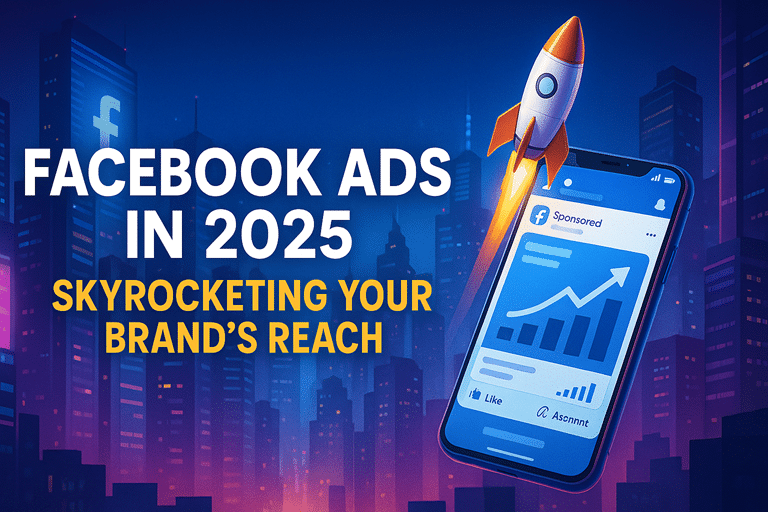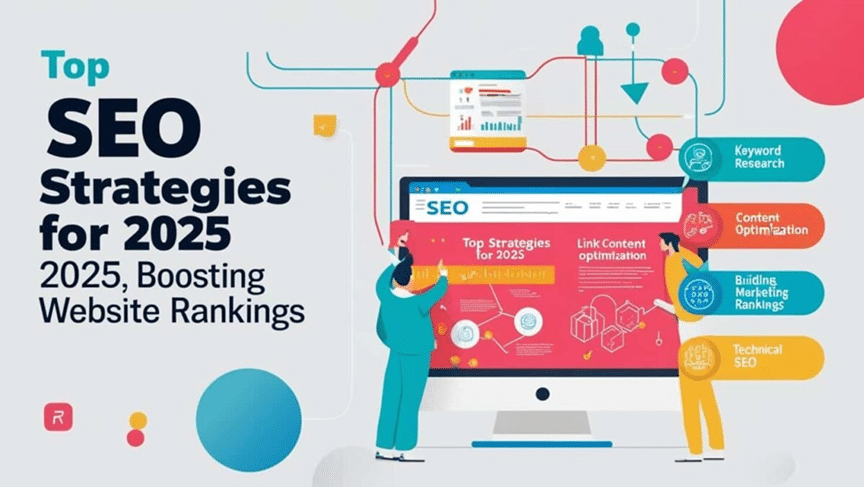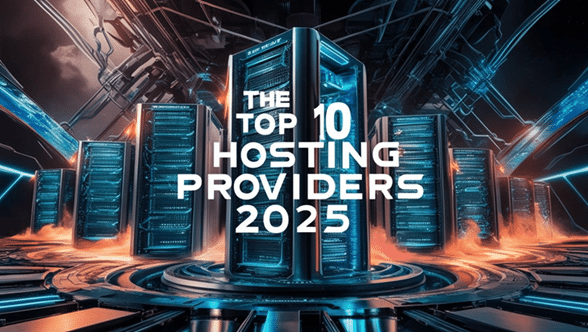Facebook ads are one of the most effective digital marketing tools, and 2025 promises more creativity. This deep-dive lesson will show how Facebook Ads are changing and how new tools can boost your audience. Learn how AI-driven automation, new ad types, and budget optimization can make Facebook Ads outperform most social platforms’ blog.hubspot.com.
Facebook’s ad platform has over 3 billion monthly users on Facebook and Instagram, but the digital landscape is still cluttered, states socialmediaexaminer.com. Social Media Examiner’s Tara Zirker says U.S. markets average $20 per action, $8 per lead, and $1 per click. Facebook is cheapest due to its flexible ad formats and advanced targeting. Marketers say Facebook has the best social media ROI (blog.hubspot.com). 2025 planning requires understanding and adapting to AI automation and audience behavior.
Discover how Facebook Ads in 2025 can help in skyrocketing your brand’s reach with better targeting and creative strategies.
Table of Contents
Facebook Ads: Then vs Now (Comparison Table)
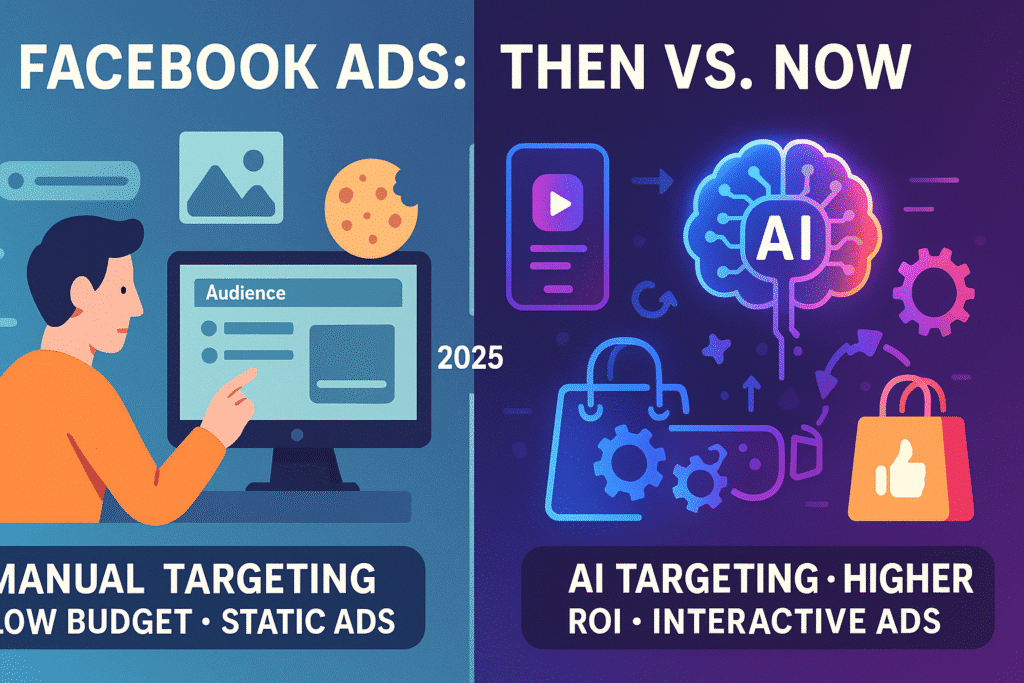
| Feature | Previous Years | Strategic Plan for 2025 |
|---|---|---|
| Formats of Advertisements | Mostly static graphics and text; little video use. | Rich video/reels, stories, and interactive AR advertisements; creativity boosted by artificial intelligence. |
| Focusing Alternatives | Many specific demographics and interests. | Less specific interest, socialmediaexaminer.com; broad, AI-driven targeting with lookalike mashups. |
| Campaign Structure | Manual bid management and campaign organization. | Automated campaigns (Advantage+), auto-placement & budget optimizations socialmediaexaminer.com. |
| Creating a budget | Fixed bids/CPM; trial-and-error scale. | Data-driven; test budgets for 10–30% on new features socialmediaexaminer.com socialmediaexaminer.com, 200 conversions/day |
| Creative Methodology | Manual design of images and videos. | AI-enhanced materials (auto brightness, animations, background variants); socialmediaexaminer.com; static versus video testing. |
| Data Analysis and Tools | limited pixel tracking with last-click attribution. | Advanced reporting, predictive analytics, multi-touch ROI, and conversion API (server-side tracking). |
| Optimizations | Selection of manual placements. | “Advantage+ Placements” auto-optimize throughout Facebook, IG, Threads, etc., and auto-pause underperformers. |
This table shows how artificial intelligence-powered automation has replaced manual, granular strategies in Facebook ads. Older campaigns, for instance, sometimes called for hand-selection of every location and audience category. Meta’s Advantage+ The 2025 tool automatically tackles this issue, typically yielding better cost-per-results on social media, according to socialmediaexaminer.com. Similarly, advertisers used to rely on various interest filters; however, now wide targeting often performs better — 70–80% of testing finds broad audiences. Win socialmediaexaminer.com.
Similarly, advertisers used to rely on various interest filters; however, now wide targeting often performs better — 70–80% of testing finds broad audiences. Win socialmediaexaminer.com.
All of these categories suggest changing tactics. This paper covers 2025’s new developments, trends, AI/automation, budgeting strategies, and success stories.
What’s New in Facebook Ads in 2025?

In 2025, Facebook Ads will focus on automation and AI. Advantage+ from Meta streamlines marketing with machine intelligence. Advantage+, introduced in 2022 for shopping ads, now covers all campaign types (WordStream). AI-powered solutions manage audience choices, bidding, and creative optimisation with little input. Advantage+ Shopping campaigns only require creative assets and a product catalogue; the AI selects audiences and locations. socialmediaexaminer.com. Learn to let automation shine. Meta’s Advantage+ Shopping, Audience, and Placements tools outperform handmade settings by using large data.
AI-powered ad creativity is another advance. Meta can now automatically adjust image brightness, add animations or music, and create multiple product shot backgrounds—socialmediaExaminer.com. By 2025, AI-generated ad assets will be common and transparently labeled, according to the Meta for Business blog. socialmediaexaminer.com about.fb.com. Upload a simple image and let the platform generate variations. It speeds testing and frees design resources. Since new, interesting images are the key difference today, Tara Zirker recommends focusing 80% of your ad effort on creative optimization socialmediaexaminer.com.
Ad formats and locations are changing. Facebook and Instagram Reels, Stories Ads, and algorithm-optimized in-stream videos are “King”. Mobile video ads may stand out in feeds. According to socialmediaexaminer.com, 87% of marketers use video in social campaigns, so Facebook prefers dynamic creatives. AR try-on ads on Facebook Marketplace and Instagram and carousel collection ads with shoppable catalogues on Facebook Shops are coming.
Privacy drives change. Meta promotes CAPI and on-platform tracking in Apple IDFA and GDPR. By 2025, Facebook’s servers will need on-site events and consumer data. Pixel and conversions are improved by CAPI. Facebook’s predictive AI uses past user behaviors to replace cookie data. Ad reporting is probabilistic but useful for optimization.
Generally speaking, new in 2025:
- Ad creative wordstream.com socialmediaexaminer.com and Advantage+ (AI campaign settings for shopping, reach, audience, etc.).
- Meta has eliminated hundreds of thousands of socialmediaexaminer.com, therefore guiding advertisers towards more general, AI-selected audiences.
- New ads surface: live shopping, immersive instant experiences, reels and stories commercials. Crucially, 87% of marketers use video socialmediaexaminer.com for their content-first approach.
- Focus on Conversion API, aggregated analytics, and privacy labels—e.g., labelling AI-generated ads—about.fb.com.
Every one of these advances changes your campaign strategy. The fundamental idea is automation and scale: give Meta’s machine learning more data and control to maximise bids on your behalf, placements, and audience targeting.
Trending Formats, Targeting & Tactics in 2025
Beyond the headline elements, let’s dissect the strategies and ideas that apply today:
Broad vs. Narrow Targeting:

Conventional wisdom was to micro-target hobbies or lookalikes. Broad targeting on social media platforms like socialmediaexaminer.com proved successful in 2025 for many advertisers. Though her clientele was “small,” Zirker successfully targeted B2B industries with broad targeting. Her advice is to specify basic demographics (age, maybe gender) and let Meta’s algorithm reach beyond your known segments (socialmediaexaminer.com). She found broad audiences successful 70–80% of the time. The key is giving the campaign enough data/budget to find the right targets.
However, HubSpot warns that too wide can increase ad costs with unqualified clicks. Their advice: Niche marketing raises CPC or CPM but improves lead quality blog.hubspot.com. First, target a broad audience to find successful strategies, then narrow your focus to specific interests and lookalike audiences. Alternatively, compare performance by running parallel tactics against a broad audience and defined segments. Creating a “lookalike mash-up” that aggregates 1%, 3%, 5%, etc. of your top customers into one ad set is valuable (socialmediaexaminer.com). A single-lookalike audience is often defeated, giving Meta many like options.
AI & Automation Tools:
Not everything will run natively in 2025 Ads Manager. Third-party sites and new Facebook tools can help. Publishing companies like RevealBot automate rules every 15 minutes instead of Meta’s 30. Monitoring can detect issues earlier in a high-budget campaign. Facebook is beta-testing automated campaign managers that suspend underperformers and reallocate budget (socialmediaexaminer.com). Warning: AIs sometimes kill ads before learning. Check and overrule automated results.
Creative Testing:
Tara Zirker Socialmediaexaminer.com says static image ads convert 60–70%, but video is crucial. A static-video balance test is needed. Video research benefits from static advertising. Dynamic Creative and multiple image and video submissions will help Facebook’s AI find the best headlines, descriptions, images, and videos. It recommends using successful ad templates. Use Meta’s Advantage+ Creative tools to refine (automated animation, cropping, style adjustments) and A/B test formats to stay creative. Spend more on striking visuals now that socialmediaexaminer.com is the marketing “edge”.
Data Analytics
Use data to plan budget and targets. Benchmarking bespoke conversions, ROAS, and customer lifetime value is crucial. Facebook ads campaigns typically generate ~3:1 ROAS, or $3 revenue per $1 spent, according to Neilpatel.com. This amount is higher than expected, but it requires smart attribution windows and a focus on meaningful conversions, not clicks. Use UTM analytics to link Facebook spending to leads or sales. Measure the funnel at several points. Advantage+ Audiences generate great leads, but they sometimes convert poorly (socialmediaexaminer.com). If you see this trend, consider funnel changes or remarketing with upsells.
Emerging Placements:
Track Meta’s latest platforms. Different audiences can see Instagram Explore tab ads, Facebook News Feed links, and Audience Network in-game placements. Many companies spend 60–80% of their advertising budget on Instagram, even if they only advertise on Facebook. Meta advertises on Instagram (socialmediaexaminer.com). Dynamically allocate funds. If your company fits those feeds, create visual storytelling or younger content.
Influencers and UGC:
The trend of paid advertising with UGC content is subtle. User-generated content and influencers improve ads. Vacation companies may air micro-influencer films. Ads can be in-feed or story. Influencers can reduce ad clickthrough costs by engaging audiences authentically. Not a “new Facebook feature” but a simple strategy: use Facebook ads to boost influencer/UGC content virality and reach.
Current winning strategies are to let Meta’s AI algorithms optimize, use data to split-test and pivot quickly, and prioritize innovative ideas on modern mobile platforms. Socialmediaexaminer.com and HubSpot say Facebook ads work, but noise is hard to filter.
AI, Automation, and Data Analytics Shaping Facebook Ads
By 2025, big data and AI are everywhere in Facebook marketing. Socialmediaexaminer.com ad expert Tara Zirker says “AI has taken over the ad platforms.” Examine how analytics and AI/automation change the game:
Algorithmic Optimization:

Optimization relies on algorithmic bidding and audience selection in modern Facebook ads. Days of manually bidding each ad are over. You tell Facebook your goal—leads or conversions—and it uses machine learning to find the best candidates at the best price. This makes budgeting technique important (see next page). Socialmediaexaminer.com accounts with more historical data perform best with AI. Your long ad history with many conversions helps the system learn.
Features of Automation:
Facebook’s Advantage+ tools disable underperforming ads and adjust budgets without human intervention (socialmediaexaminer.com). Reveal Bot and third-party automation can set complex rules. After six to twelve hours, stop ads with no conversions and invest more in goods, says Socialmediaexaminer.com. Check often because automation isn’t perfect and ads end early. A typical 24-hour cycle is to assess performance every few hours (pause losers by 12–14 hours) and let winning advertising run, according to Socialmediaexaminer.com. Because it resets daily, Facebook’s algorithm at midnight can reveal new optimization opportunities. Identify and scale ~75% of winning social mediaexaminer.com over multiple days, discarding the rest.
Creative AI:
Meta offers generative creative tools under creative AI. Facebook is trying to make short commercials from text cues or stationary images beyond auto-editing photos. Meta teased Facebook.com marketers’ Gen AI video capabilities during Advertising Week 2024. Soon, you can outline a scene and have Facebook’s AI create the video. Even today, AI content solutions like ChatGPT can help you write ad copy, generate headline variations, and segment consumer data. Meta requires fb.com labels, so comply.
Performance Analytics:
Smart dashboards and business tools use performance analytics to track ad impact throughout the funnel. Advanced analytics and Facebook Attribution let you link ads to in-store or on-site sales. HubSpot says hundreds of millions of companies advertise on Facebook because it works, but understanding analytics is key. Track conversion rates, CPM, CPC, and channel lifetime value. Neil Patel claims a reasonable 3:1 ROAS (neilpatel.com). Ask why you’re below that—creative fatigue, large audiences, or a broken funnel.
Audience Overlap and Rules:
Exclusion lists and strict layering are still useful, but AI audiences may overlap more. Monitor analytics for “audience saturation.” On socialmediaexaminer.com, switch to broad or Advantage+ audiences if tight targeting freezes. Maintaining niche tests is beneficial. To compare AI-driven ads, keep a manual targeting test going (around 60% success rates, socialmediaexaminer.com). The Facebook Audience Overlap feature can help you avoid inbreeding people across ad sets.
First-Party Data Privacy:
Finally, data analytics mostly uses consumers’ data. CRM-based custom audiences and retargeting help. Record emails and events with Meta’s Advanced Matching and CAPI. Consider how those pieces relate to general audiences. The CPM of a “warm” list is usually higher than that of a broad blog (hubspot.com). Store/promo data must be integrated into Facebook’s capabilities with permission to maintain accurate targeting and reporting in 2025.
Data and AI mean less repetitive work and more strategic decisions. That means automating the hard work, feeding ads your best content, and using insights to improve strategy.
Budgeting and ROI Strategies for 2025
Spending wisely will help Facebook ads succeed in 2025. AI is in charge, so budget to feed the algorithm, not micromanage every dollar. The main ROI and budgeting strategies are:
Set Testing Budgets for Enough Conversions:

Allocate a Test Split:
Tara Zirker advises budgeting for 200 daily conversions when testing new socialmediaexaminer.com ads. Why? AI learns from volume on Facebook. Assume $10 per lead, $2,000 daily for testing. That seems steep, but socialmediaexaminer.com’s algorithm needs that data to analyze social media. Testing new campaign types, audiences, or suite ads requires planning, but steady campaigns can use smaller budgets.
Expect Initial ROI Fluctuations:
Expect low automated campaign ROI early on. Advantage+ Zirker says socialmediaexaminer.com says shopping ads “often emerge profitable by the end of 24 hours.” This is because the machine is still learning important events. Before evaluating a campaign, wait day or two. Watch conversion cost throughout the day and avoid quick cuts within 12 hours. Review at 4-6h, 8-9h, 12h, etc., then stop only to clear losers using socialmediaexaminer.com’s 24-hour testing cycle.
Embrace ROAS Goals and Attribution:
Set ROAS goals and accept attribution. Aim for 3:1 ROI. Calculate acquisition break-even. Facebook’s default 7-day click, 1-day view attribution window links ad spend to e-commerce revenue. Marketing analytics or Facebook Ads Manager reporting shows results. If one campaign gets a 5:1 return and another a 2:1 return, improve the lower-performing campaign’s creativity, audience, or spending. Our goal is to maximize revenue per dollar.
Use Smart Bidding:
Maximize conversions or target CPA should replace hand CPM control in 2025. These models predict conversion rates at various prices. Meta changes bids in real time if you set a lead cost target. Spending can decrease. Use a conversion volume buffer; low CPA targets may limit your reach.
Leverage Ad Credits and Testing Tools:
Meta often offers new testing tools or ad credits. Advertising betas are common in Meta Business updates. New Video Creation Kit templates or A/B testing configurations lower testing costs. Though not budgeting tools, these improve efficiency.
Measure Incrementality:
Geo-tests and holdout audiences can help determine ROI. Run a portion of your target audience against a control to boost Facebook Ads. Using advanced analytics simplifies this. With a 4:1 lift ROI, a $1,000 Facebook ads buy may generate $4,000 more income than baseline.
Your Facebook marketing budget should be strategic. Set financial goals, monitor conversions, and adjust allocation based on performance. DWM and other agencies and marketers using these methods often exceed the 3:1 ROAS benchmark by iterating quickly. Even if Facebook Ads costs rise, strong blog.hubspot.com will maintain ROI with a higher-quality audience or more conversions.
Case Studies: Success with 2025 Facebook Ads Strategies
Here’s how real and hypothetical companies are using these 2025 ideas:
Real-World Example – B2B SaaS Lead Gen:
A midsize sports shoe online retailer changed its Facebook strategy. In 2023, the retailer used stationary product graphics and interest-based ads. Low returns by mid-2024 2025 saw Advantage+ shopping ads and dynamic retargeting carousels. They listed best sellers and donated 20% to AI-run shopping. Optimizing the algorithm after 48 hours increased audience reach to new sites and devices. The initial sale cost changed. In a week, their ROAS rose from 2.8:1 to 4.0:1 and repeat purchases rose. They credit Advantage+’s customised product advertising and Facebook’s autogenerated backdrops and image cropping. Since Instagram Reels increased engagement, their next campaign will include more video ads.
Presented ads to warm audiences increased conversions (socialmediaexaminer.com), and Advantage+ placements had a better cost-per-result than hand-picking placements. They made more vertical video ads after Facebook’s analytics showed 65% of conversions were from mobile devices.
Fictional Example – Local Brick-and-Mortar Retailer:
Imagine “Urban Bloom,” a small eco-friendly home goods chain. In early 2025, Urban Bloom wants more customers. They used Facebook Ads video for their best-selling products. Not hyper-targeting, they let Facebook’s AI narrow a broad demographic (city women 25–45). Their daily budget starts at $500. After 10% participation on Day 1, the algorithm spends more on retail website visitors on Day 3. Urban Bloom shows product catalogs with AI rotating the best photos in Advantage+ dynamic ads. Conversion events like coupon registration cost $8 on Day 1, $12 on Day 2, and $5 on Day 3 as the system learns who redeems coupons. After 12 hours, losing video ads disappear.
Facebook discount foot traffic rose 50% late in the week. Their ROAS was 5:1, spending $3,500 to make $17,500 in sales. This success was achieved by trusting the AI, giving it runway (not withdrawing advertising too early), using interesting creative, and emphasising 24-hour optimisation cycles (socialmediaexaminer.com).
These case studies demonstrate that 2025 techniques like wide audiences, AI-driven campaigns, creative optimisation, and smart budget testing can increase reach and ROI for all companies. The Meta Business blog and HubSpot’s marketing guide offer ideas.
Conclusion: Key Takeaways & Next Steps
All 2025 Facebook ads will be about smarter spending and creativity. The platform’s development replaces guesswork with data-driven automation. Basics refresher:
- Auto-placements, Advantage+ campaigns, AI. Socialmediaexaminer.com lets Meta’s algorithm blend and target creatives while you plan.
- Spend 80% of your time on striking graphics and socialmediaexaminer.com. Mobile-first feeds use dynamic reels, stories, and carousels.
- Avoid highly interested lists and target general audiences and lookalikes. Compare hand-made slices and test “Advantage+ Audiences” for cold leads (sales conversion).
- Budget for campaign growth using data (200 daily rule socialmediaexaminer.com). Socialmediaexaminer.com suggests testing new ads with 10–30% of your budget. Track ROAS (target ~3:1 neillpatel.com) and transform underperforming campaigns into winners.
- Improve analytical loop closure. Install Facebook’s Conversion API, track dashboard metrics daily, and be ready to change course after each test cycle socialmediaexaminer.com.
Following these rules can help your company stay affordable while greatly increasing brand reach with Facebook ads. Are you prepared to optimise your Facebook marketing efforts? Get in touch to get going. Our social media marketing offerings at DWM mix these cutting-edge Facebook techniques with professional application. Our staff can create a strategy specifically for you, whether your needs are for assistance launching Advantage+ campaigns or maximizing ROI on your advertising expenditure. Let’s expand your audience right here together.
